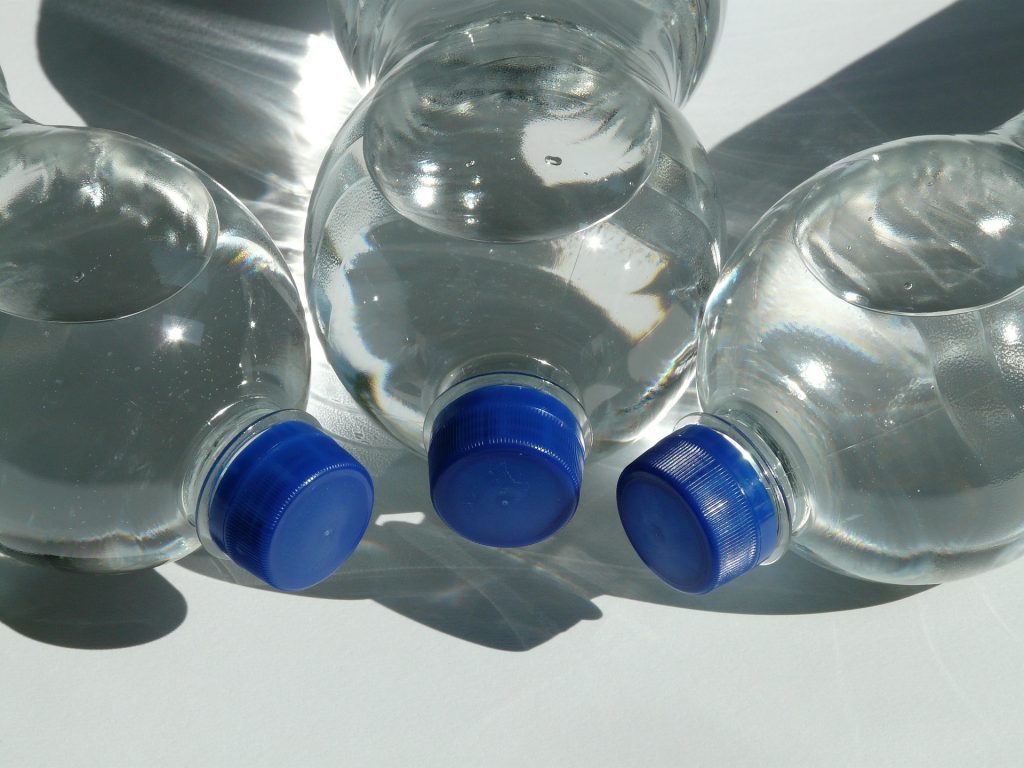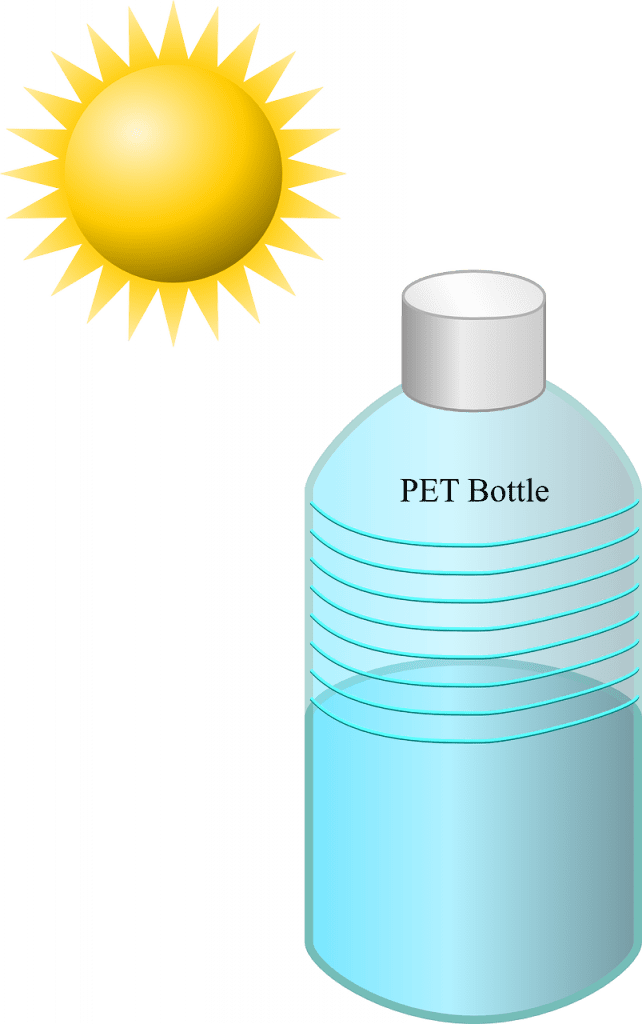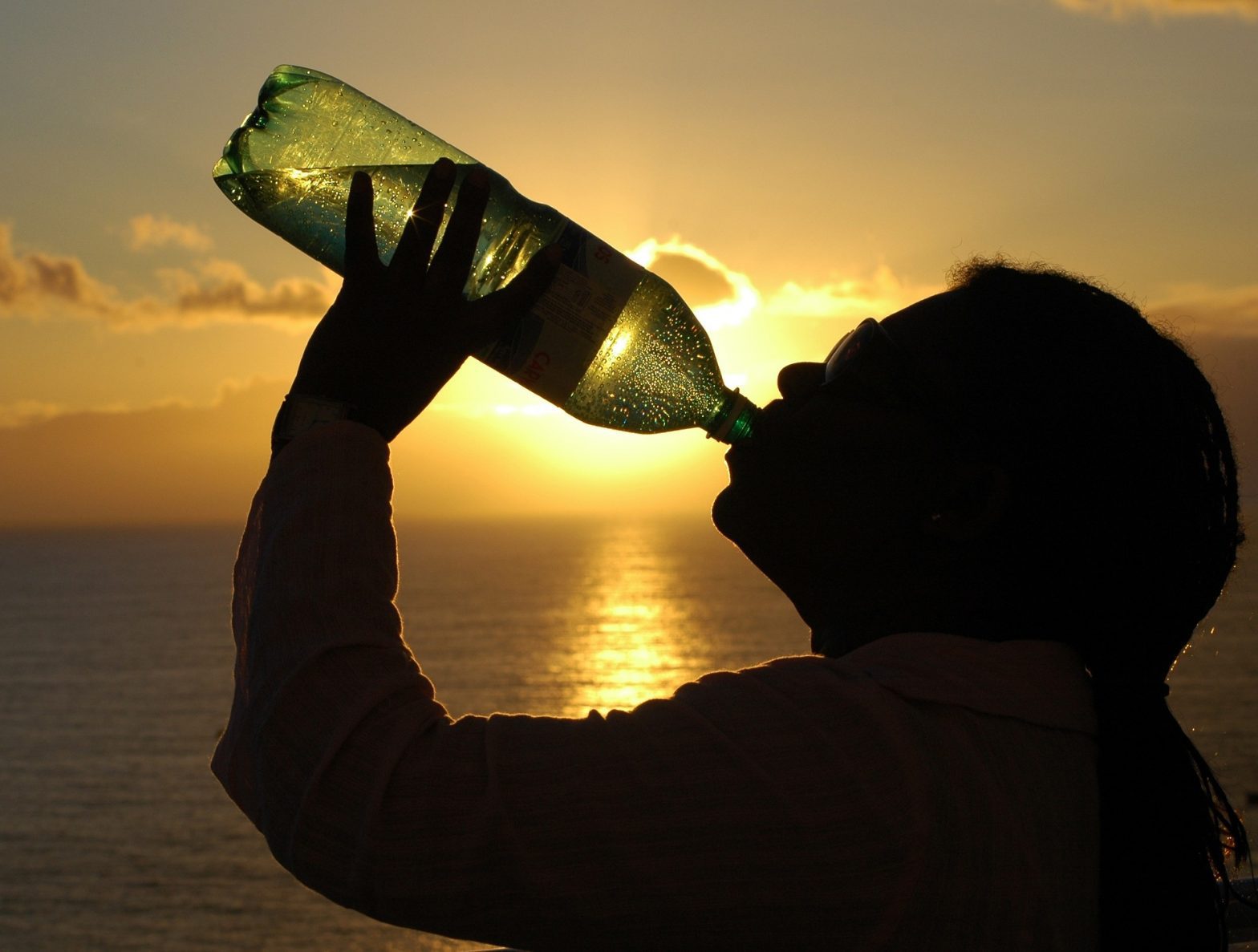In a world where better and more efficient water treatment technology is constantly sought for, solar water disinfection systems provide solutions that are scalable to every demand in areas enjoying adequate sunlight.
Germs tend to be everywhere. Even fresh-looking water may contain these disease-causing elements. However, it should be known that solar energy ends up only removing the biological constituents of the water and not chemical toxicity. This is achieved since the solar water treatment mechanisms kill the organisms such as bacteria and viruses in several ways.
The chemical contaminated water should be subjected to other treatment programs. Only after they have been eliminated from the water should they be subjected to the biological treatment processes such as solar water disinfection.
Solar water disinfection relies solely on the sun’s energy to purify water. The energy from the sun is harnessed in different ways to achieve this goal. In three major ways, one can convert potentially contaminated water into a safe and drinkable one. These include:
- Photovoltaic Treatment
- Thermal solar treatment
- Solar UV treatment
You can also view the SODIS construction section to learn how you can easily construct your own Solar Disinfection unit in less than 5 minutes.
Photovoltaic Solar Water Disinfection
What is Photovoltaic Water Treatment
The photovoltaic systems are somewhat advanced in that they can hardly be readily made from home-based materials unlike the other options such as thermal water treatments.
The system is equipped with PV cells that absorb the solar cells and generate electricity. Photovoltaics have found applications in many other areas such as battery charging. However, in water treatment, photovoltaics convert the turns energy into electricity then employ an electrolytic technique.
Photovoltaic to Electrolysis Treatment Methods
Electrolysis on a broad definition involves the introduction of an electric current into an aqueous solution. In water treatment, such introduction leads to the production of free radicals. These tend to have high oxidative potential and attack the organisms contained in the water.
The interaction between radicals and microorganisms destroys the chemical properties of the pathogens. While some systems employ this direct interaction of the electric current with the pathogens, others only receive the solar energy and convert it to other means to be used to destroy the pathogens.
Photovoltaic to Ultraviolet Production
The electrical current from the PV system is stored in batteries during the day. The energy is then dispensed at night to create Ultraviolet radiation. The radiation is toxic to the microorganisms and kills them. The method is often carried out in low lighting conditions. Thus, the UV production may be made to operate at night, or the entire system installed under low lighting conditions.
Thermal Solar Water Disinfection
The thermal treatment of water involves using solar technology to convert the sun’s energy into heat energy. The water is often heated up to about 100° Celsius for a certain duration until most of the pathogens are killed. Different techniques are involved in the process including the concentration of the solar rays and distillation by use of this energy.
How Does the Thermal Treament work?
The process makes use of the heat energy to distill the water, hence removing the harmful components from the water. This method is somewhat complicated and also relies on significant energy and substantial economic input during the initial installation for the domestic dwellings. Furthermore, the installations may require periodic repairs and maintenances. Several distillation mechanisms are employed such as flash distillation and vapor compression.
The thermal systems can also obtain solar heat through ways such as concentrating chambers and flat plate systems.
Solar UV Water Disinfection
UV water treatment takes advantage of the radiation from the sun, which penetrates the DNA material of the pathogens and destroys them. The technology is considered a very effective one in eliminating pathogens from water. Commercialized water treatment systems that use UV technology have been made to take advantage of this principle.
Can UV Treatement Work on its Own?
When solar UV is used to treat the water, the other methods will often supplement the treatment process. However, UV treatment technology, just like the other solar treatment systems, does not alter the chemical composition of the water that is being treated.
Advantages of Solar Water Treatment
The main advantage of water treatments using solar energy is that it makes use of renewable energy from the sun and does not cause environmental pollution as compared to other methods. The other advantages include:
- Using solar energy destroys the microorganisms present in the water that may have otherwise have caused diseases. One of the dangerous pathogens that are killed is E. Coli, a disease-causing microorganism that is common in many areas.
- Solar water treatment provides several technological options that are all intended for the purification of water. As long as there is adequate sunshine, most of these technologies work to satisfaction. As a result, the consumer tends to get affordable equipment based on their economic status and demands.
- The solar treatment techniques often have low maintenance when compared to other sources.
- Solar treatment does not lead to the introduction of new chemicals into the water. Health experts have affirmed that chlorine is safe when consumed as part of water treatment. however, they have set limits on what constitutes safe levels. Since most treatments are prone to human error, the water reaching consumers may have either much lower and ineffective levels or too much chlorine. Both of these situations can be hazardous in the long term, a situation that is not presented in solar treatment technologies.
Disadvantages of Solar Water Treatment
The main disadvantage of all solar water purification systems is that they require a sufficient amount of solar energy to operate efficiently. Some areas have high intensities of sunlight all year round and are suitable for solar systems. However, those areas that have minimal sunlight might render the solar treatment technologies useless. Other disadvantages include:
- Solar water treatment technologies do not eliminate turbidity – water from such treatment is not clear and might look hazy. As a result, it is more worthwhile to use clear water samples.
- The treatment may not alter the chemical toxicity of the water unless if combined with other treatment mechanisms.
- The location of the solar treatment technology must enjoy sufficient sunlight. Many regions hardly receive any sunlight, hence, solar treatments ventures are ineffective.
What is SODIS Solar Water Disinfection Technology

SODIS is a short form of Solar disinfection technology, and generally denotes the small-scale and home-based treatment systems. The SODIS technology was first designed in the 80s. The mission of the developers was to help build an affordable water treatment method, especially in developing nations.
Role of SODIS in Home Water Treatment
SODIS was seen as a preferable and inexpensive method that might help prevent most water-related illnesses such as Cholera. Such diseases caused diarrhea which led to dehydration. Since patients lacked the medical assistance to facilitate rehydration, the technology was promising. Furthermore, the targeted families only needed the simple technical know-how on how to construct the system.
SODIS Construction at Home
The SODIS (Solar Disinfection) system construction on a general scale often involves first assembling some plastic bottles. Care is often taken to ensure that these bottles are clear enough to allow the passage of sunlight to the water inside. Around 2-liter bottles are used for this purpose since they are not too big to allow sufficient time for the action of sunlight. They are also not too small such that the water does not meet the demands. It is more advisable to have several bottles if sufficient water volumes are required.
Steps on How to use the SODIS for Water Purification
- To use the SODIS, get the water that is to be treated and pour it into the plastic water bottle. It is more advisable to use clear water. However, if only turbid water is available, then you can just use it as long as it does not have any chemical contamination.
- The setup should then be placed in sunlight.
- After closing the bottle, you should shake them thoroughly to ensure that they mix sufficiently with oxygen.
- The setup must then be placed in the sunlight for half a day when sufficient sunlight is available. Otherwise, it should be left for two days.
Mode of Operation of SODIS
The SODIS technology makes use of various solar water treatment technologies. First, SODIS employs the thermal treatment by storing the heat from the sun’s rays. This increases the temperature inside the bottle and inactivates the pathogens.

The UV rays from the sun permeate the surface of the bottle and alter the DNA molecules of the pathogens hence eradicating them. Finally, through the photo-oxidation mechanism, the device kills the pathogens and prevents them from causing diseases.
Pros and Cons of Using SODIS
Since SODIS is an element of Solar water treatment technology, its advantages and disadvantages are generally those listed for solar treatment methods. However, some unique pros and cons are associated with the use of SODIS. These are listed below:
Advantages of SODIS
- Easy to construct.
- Ease of storage of the treated water without the risks of recontamination.
- No initial expenditure when recycled materials are used.
Disadvantages of SODIS
- One must wait for considerable periods to obtain their treated water.
- Does not remove the turbidity. Clean water such as that obtained from rainwater harvesting systems is required.
- The bottles must be availed in good condition.
Is SODIS Water Treatment Reliable?
Yes. SODIS is effective both in theory and practice.
The technology has been used in many areas. It is often implemented by community-based initiatives to empower the community members so that they also enjoy uncontaminated water.
Many beneficiaries of the technology are in developing countries. Other programs such as obtaining water from air without the use of electricity have also found popularity in many localities and have helped avail fresh water to many families.
Laboratory investigations have also affirmed the effectiveness of using SODIS. Its mode of operation causes the deactivation of the disease-causing pathogens.
Conclusion
Water treatment through the use of solar energy is possible and can be done at any level, either small scale or large scale. The main strength of using solar energy to treat a water sample is that when properly used, it can avail safe drinking water to the users. However, one needs to use the solar water treatment equipment in a place that has sufficient sunlight and the water needs to be free from chemical contamination.
